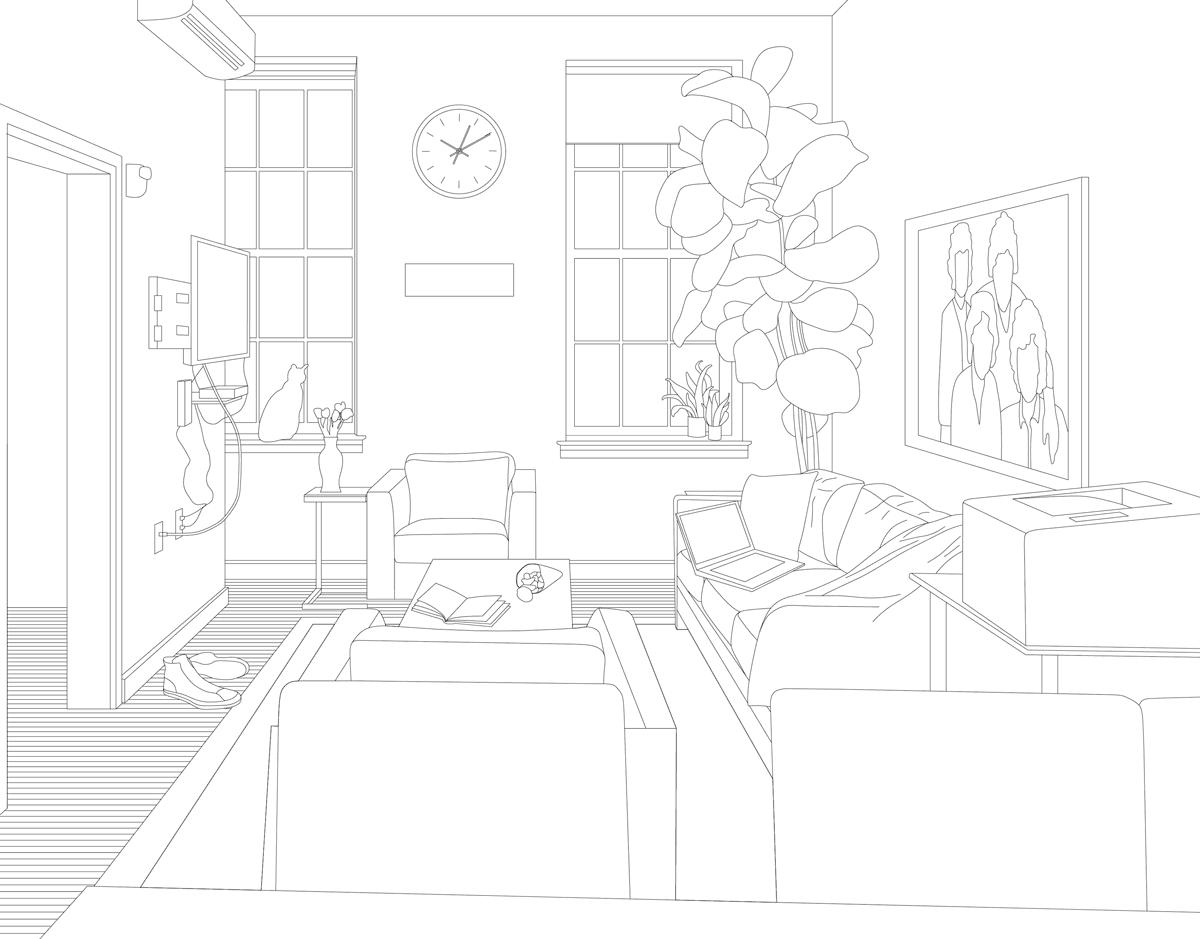Info︎

Safe Space: Housing LGBTQ Youth Experiencing Homelessness
New York, New YorkSpring 2019, Columbia GSAPP
QSAPP (Queer Students of Architecture, Planning, and Preservation)
Collaborators: Dalton Baker (Chair), Tim Daniel Battelino, Daniel Mauricio Bernal, David Sheng Bi, Faraz Butte, Don Chen, Axelle Dechelette, Clifford DeKraker, Christine Giorgio, Andrew David Grant, Matt Graves, Ruben Gutierrez (Chair), Kevin Hai, Jarrett Ley, Jared Payne, Gwendolyn Stegall (Chair), Alek Tomich, Brian Turner, Nelson De Jesus Ubri, Ian Wach, John Elihu Wofford V, Francis Yu
This document presents QSAPP’s research into housing for LGBTQ youth experiencing homelessness in New York City. It is an interdisciplinary project looking at this issue from the perspectives of the various fields represented at GSAPP—architecture, real estate, planning, and preservation. We draw from a range of sources, including data from government and social service organizations, operating models of existing organizations in New York, and interviews with service providers and experts in the field. Almost all of the information we found on this topic was from the perspectives of sociology, public health, or advocacy. Funding is often cited as one of the biggest barriers to solving this housing crisis, but an analysis of funding models and strategies does not currently exist. In addition, housing is a design problem but there are no published reports that analyze LGBTQ youth housing from a spatial perspective. QSAPP hopes that by visualizing this issue and highlighting ways in which these shelters fit into specific planning and real estate systems in the city, we can further shed light on the specific needs of LGBTQ youth and help advise on ways forward with these concerns in mind.
Our intention in presenting this publication is also to make the design and development fields more aware of this urgent issue and highlight solutions that can be implemented to better serve the LGBTQ youth population. Topics that we discuss in our disciplines, such as housing typologies, real estate and funding models, zoning techniques and neighborhood involvement, as well as adaptive reuse strategies are all put through the lens of LGBTQ youth housing in this document. We examine the specific housing needs of LGBTQ youth, how the existing LGBTQ specific shelter spaces are configured and used, how they are funded, and how they connect to broader systems of the city. Through these questions, we highlight ways in which the architecture and design communities can engage with these issues. Our research is largely centered on the New York metropolitan area. The problem is particularly acute here since it is a large urban center to which many LGBTQ youth gravitate, but where the cost of living is prohibitively high. New York is exceptional; however, in the number of organizations focused on finding a solution to this problem, which enabled us to draw on existing models. Hopefully the lessons learned from New York City can be helpful to any community faced with this issue.

Read the full publication online for free
© Alek Tomich_ New York, NY